Introduction
Cosmetic dentistry has evolved significantly over the years, with new technologies continually improving the aesthetics and comfort of dental treatments. One of the most exciting advancements in the field is the use of laser technology, which has proven to be highly effective in enhancing a range of dental procedures, including teeth whitening. Laser dentistry offers numerous advantages over traditional methods, particularly when it comes to whitening, where speed, precision, and minimal discomfort are essential for achieving the best possible results. This article will delve into the science behind laser whitening, explore the advantages of laser treatments over traditional methods, and explain how laser technology enhances both comfort and results. By the end, you will have a clearer understanding of whether laser whitening is the right treatment for you.
The Science Behind Laser Whitening
Laser whitening is a modern approach to teeth whitening that uses a specially designed laser to enhance the whitening process. Unlike traditional whitening treatments that rely on chemical bleaching agents applied to the surface of the teeth, laser whitening combines the use of a bleaching gel and a laser to accelerate the whitening reaction, making the process faster and more effective.
How the Laser Works
The primary mechanism behind laser whitening is the activation of a whitening gel by the laser light. The procedure begins by applying a professional-grade bleaching gel to the surface of the teeth. This gel typically contains hydrogen peroxide or carbamide peroxide, both of which are common ingredients in teeth whitening products. When the laser is applied, the energy from the light interacts with the whitening gel, causing a chemical reaction that breaks down the stains on the teeth more efficiently than with conventional whitening treatments.
The laser energy increases the temperature of the whitening gel, which in turn accelerates the bleaching process. This process enables the gel to penetrate the tooth enamel more effectively and reach deeper stains, providing quicker and more noticeable results. The intensity of the laser can be adjusted according to the patient’s needs, allowing for a more personalized approach to teeth whitening.
The Chemical Reaction
The bleaching gel used in laser whitening contains active ingredients like hydrogen peroxide that break down into water and oxygen when activated. The oxygen molecules released during the chemical reaction are responsible for breaking up the pigments and stains embedded in the enamel and dentin layers of the teeth. These stains are typically caused by various factors such as age, food, drink, smoking, and poor oral hygiene.
The laser’s energy enhances the breakdown of these stains by speeding up the process, allowing the whitening gel to work faster and more effectively. This is one reason why laser whitening treatments often produce immediate results compared to traditional bleaching methods, which can take several applications over a period of time to achieve the desired effect.
Advantages of Laser Treatment Over Traditional Methods
Laser whitening offers several advantages over traditional teeth whitening methods, making it an appealing option for patients seeking fast, effective, and long-lasting results. Below are the key benefits of laser whitening:
1. Faster Results
One of the most significant advantages of laser whitening is the speed of the procedure. Traditional whitening methods typically require multiple treatments or longer periods of application to achieve noticeable results. In contrast, laser whitening can produce dramatic results in a single visit, with most patients seeing a visibly brighter smile within 30 to 60 minutes. This makes it an ideal option for individuals with busy schedules who want to enhance their smile quickly.
2. Enhanced Effectiveness
Laser technology enhances the whitening gel’s ability to break down stains, making it more effective than traditional methods. The combination of the bleaching gel and the laser light allows for deeper penetration of the gel into the enamel, effectively addressing stubborn stains that may not be easily removed with traditional methods. Whether it’s discoloration caused by coffee, wine, tobacco, or aging, laser whitening can provide better results in less time.
3. Precise Treatment
Laser whitening provides a high level of precision, allowing the dentist to target specific areas of the teeth that may need more attention. In traditional whitening treatments, the whitening gel is applied across the entire surface of the teeth, which can lead to uneven results. However, with laser whitening, the dentist can focus on problem areas, ensuring that the whitening process is more uniform and precise.
Additionally, because the laser can be controlled and adjusted, it reduces the risk of over-whitening or sensitivity in certain areas of the teeth. This precision helps deliver a natural-looking, bright smile without the risk of damaging the teeth or gums.
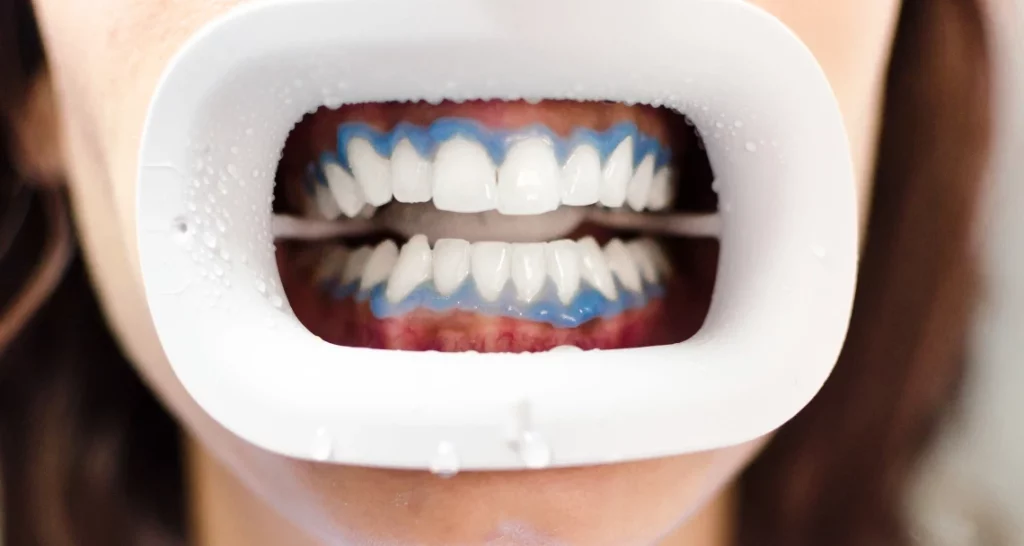
4. Reduced Sensitivity
One common side effect of traditional teeth whitening treatments is increased tooth sensitivity, particularly after prolonged use of whitening strips or gels. However, laser whitening is generally less likely to cause sensitivity because the laser energy activates the whitening gel more efficiently, reducing the amount of gel needed and the time it remains on the teeth. The controlled application of the laser also minimizes discomfort during the procedure, making it a more comfortable option for patients with sensitive teeth.
5. Longer-Lasting Results
While traditional whitening treatments often require repeated applications to maintain results, laser whitening can provide longer-lasting effects. Because the laser accelerates the breakdown of stains and enhances the whitening process, the results tend to be more durable. With proper care, such as maintaining good oral hygiene and avoiding stain-causing foods and drinks, the effects of laser whitening can last for several months or even longer.
How Laser Technology Improves Comfort and Results
One of the most appealing aspects of laser whitening is the comfort it offers to patients. Traditional whitening methods often involve the use of trays or strips that must be worn for extended periods, which can be uncomfortable and cumbersome. Laser whitening, on the other hand, is a quick, non-invasive procedure that can be completed in under an hour. This is particularly beneficial for individuals who want to enhance their smile without undergoing a lengthy treatment process.
1. Minimized Discomfort
Laser whitening treatments are generally more comfortable than traditional whitening methods because there is no need to wear uncomfortable trays or strips. The dentist will apply the whitening gel to your teeth and use the laser to activate it, and in most cases, you won’t feel any discomfort. The laser is non-invasive, so there is no need for drilling or the use of harsh chemicals that might irritate the gums or teeth.
Additionally, the laser’s precise application allows for better control of the treatment, ensuring that only the areas of the teeth that need whitening are targeted. This reduces the risk of irritation to the gums and minimizes the likelihood of post-treatment sensitivity.
2. Instant, Visible Results
One of the standout features of laser whitening is the immediacy of the results. Unlike traditional methods that may take days or weeks to show noticeable improvements, laser whitening can produce visible results in just one session. The whitening gel is activated quickly and efficiently by the laser, which leads to brighter, whiter teeth almost immediately. This instant gratification makes laser whitening an attractive option for patients who want to achieve a whiter smile in a short amount of time.
3. Precision in Targeting Stains
Laser whitening allows the dentist to customize the treatment to target specific stains or discoloration. For example, if a patient has particularly stubborn stains on one or two teeth, the laser can be adjusted to focus on those areas without affecting the rest of the smile. This level of precision ensures that each patient receives a treatment plan tailored to their unique needs, resulting in a more personalized and effective whitening experience.
Conclusion
Laser whitening represents a significant advancement in cosmetic dentistry, offering faster, more effective, and more comfortable results than traditional whitening treatments. By combining the power of a bleaching gel with the precision of laser technology, this procedure provides a level of customization and efficiency that was previously unattainable. Whether you’re looking to brighten your smile for a special occasion or simply want to enhance your overall appearance, laser whitening can help you achieve the results you desire in a fraction of the time.
While laser whitening is not suitable for everyone, it can be a great option for individuals with stubborn stains or those who want immediate results with minimal discomfort. If you’re considering laser whitening, it’s essential to consult with a qualified dentist who can assess your oral health and determine whether this treatment is right for you.








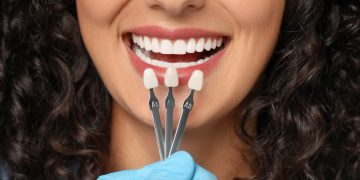
















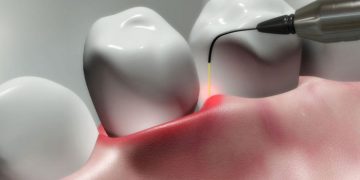


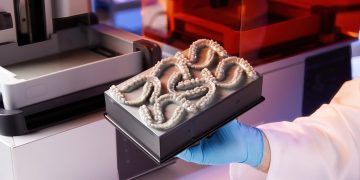

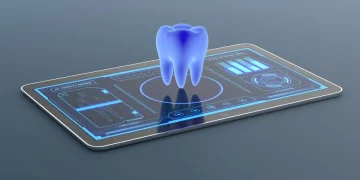
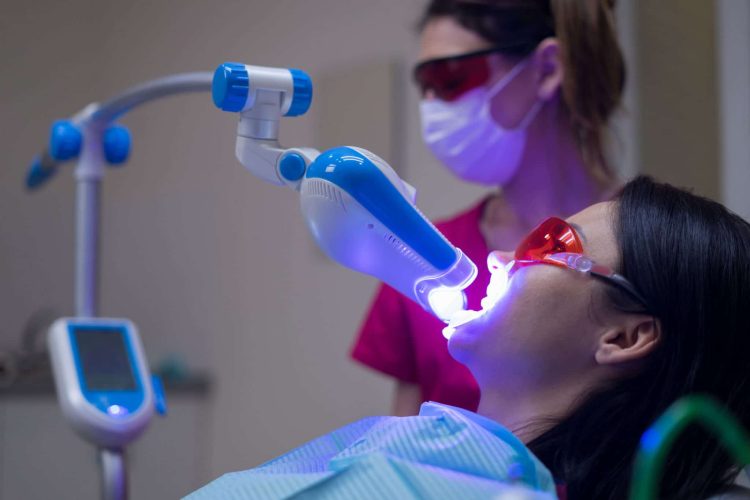













Discussion about this post